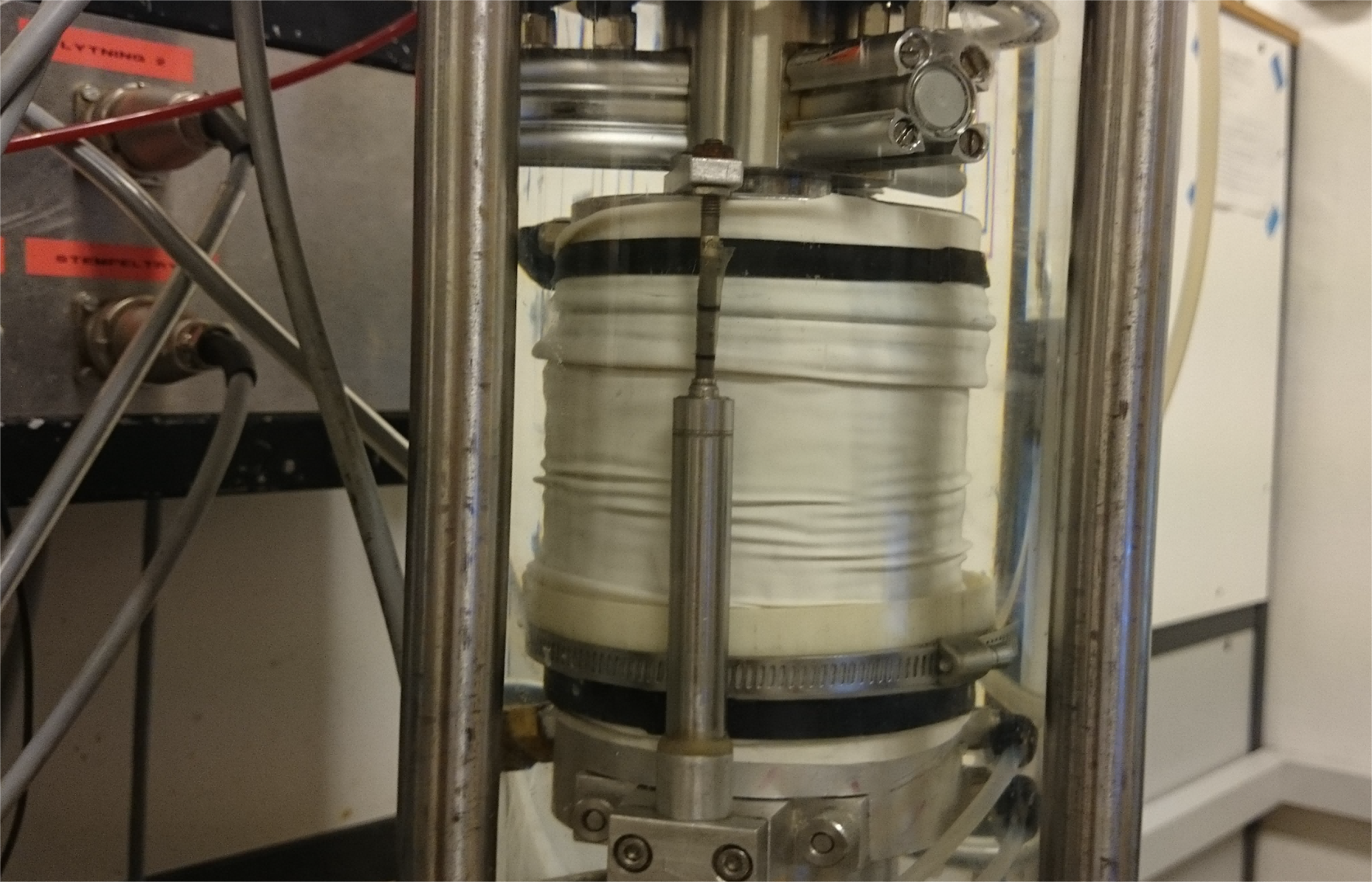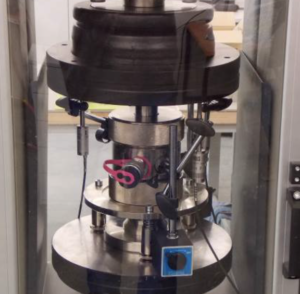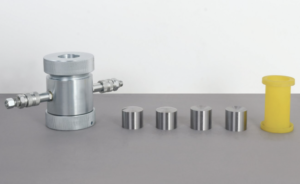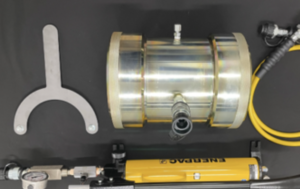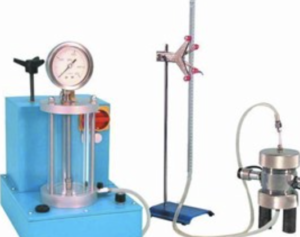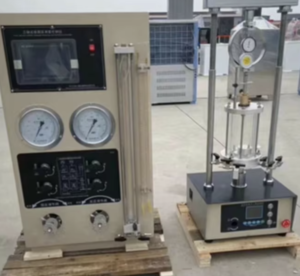What Is the Triaxial Test Used For?
The triaxial test is a core laboratory procedure in geotechnical engineering used to measure the mechanical properties of soil under controlled stress conditions. By applying pressure to a cylindrical soil sample in a triaxial cell, engineers can observe how the soil responds to different load combinations. This data is critical for evaluating soil stability, predicting behavior under stress, supporting design, and classifying soils for construction.
Shear Strength Testing for Soil Stability
One of the most important uses of the triaxial test is to determine the shear strength of soils, which is vital for assessing the stability of slopes, embankments, and earth-retaining structures1.
- The test measures cohesion (c) and friction angle (φ)—the two key parameters in the Mohr-Coulomb failure criterion2.
- These values define how much stress soil can withstand before failure occurs.
- Engineers use this information to prevent landslides, bearing failures, and excessive deformation in structures built on or within soil.
Example: Shear Strength from Triaxial Test
| Soil Type | Cohesion (kPa) | Friction Angle (°) | Stability Rating |
|---|---|---|---|
| Loose Sand | 0–5 | 28–35 | Moderate |
| Stiff Clay | 40–80 | 22–30 | High |
| Silty Soil | 10–30 | 20–26 | Moderate |
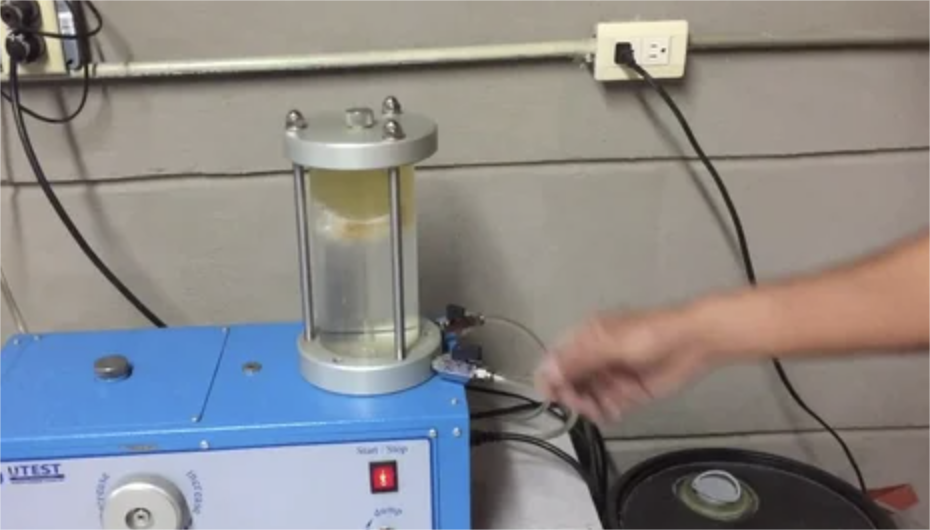
Analyzing Soil Behavior Under Stress
The triaxial test helps simulate how soil behaves when loaded vertically and laterally3, replicating field conditions such as the pressure from buildings, vehicles, or natural terrain.
- Measures stress-strain behavior4, showing how much the soil deforms before it fails.
- Monitors pore water pressure, which is essential for evaluating drained vs. undrained responses5.
- Helps engineers understand whether soil will behave in a brittle or ductile manner, which influences failure mechanisms.
Key Data from Stress Analysis
| Measured Parameter | Significance |
|---|---|
| Deviator Stress | Indicates peak shear strength |
| Axial Strain (%) | Tracks deformation before and after failure |
| Pore Pressure (u) | Reveals potential for liquefaction |
This insight allows for more accurate predictions of how soil will respond in both normal and extreme loading scenarios.

Design Support for Foundations and Slopes
Triaxial testing provides engineers with critical input for designing safe and efficient geotechnical structures6. It supports:
- Foundation Design: Ensures soils have enough strength to support building loads7 without excessive settlement.
- Slope Stability: Helps in the design of roadway embankments, dams, and cut slopes by identifying failure planes and shear strength.
- Retaining Walls: Determines active and passive earth pressures8, which are used to size and reinforce retaining systems.
Application Table
| Structure Type | Design Factor from Triaxial Test |
|---|---|
| Shallow Foundations | Bearing capacity and settlement behavior |
| Deep Foundations (Piles) | End-bearing and shaft friction strength |
| Slopes and Embankments | Factor of safety and failure mechanism |
| Retaining Structures | Lateral pressure coefficients |
Using accurate triaxial test data results in reduced risk, better material use, and cost savings in construction.
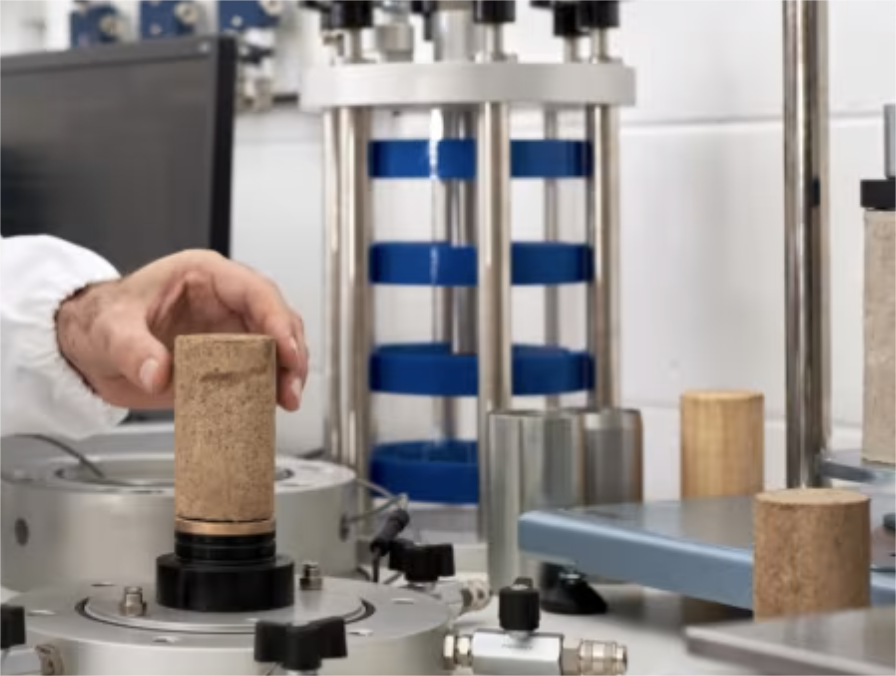
Soil Classification for Construction Planning
Beyond strength and behavior, triaxial test results help classify soils for their suitability in different construction applications.
- Determines if soil is cohesive or granular, and whether it requires reinforcement, drainage, or replacement.
- Assists in choosing the right compaction and stabilization techniques.
- Helps engineers group soils into categories (e.g., low plasticity clays vs. high-friction sands) based on performance.
This classification is essential during:
- Site investigation and planning
- Material selection for earthworks
- Quality control of fill and backfill
Soil Suitability Classification Example
| Soil Type | Behavior | Construction Use |
|---|---|---|
| Dense Sand | High shear strength | Ideal for road base, fill |
| Soft Clay | High compressibility | Needs stabilization |
| Silty Soil | Low drainage capacity | Suitable for controlled fill |
With these insights, planners can make data-driven decisions and avoid costly surprises during construction.
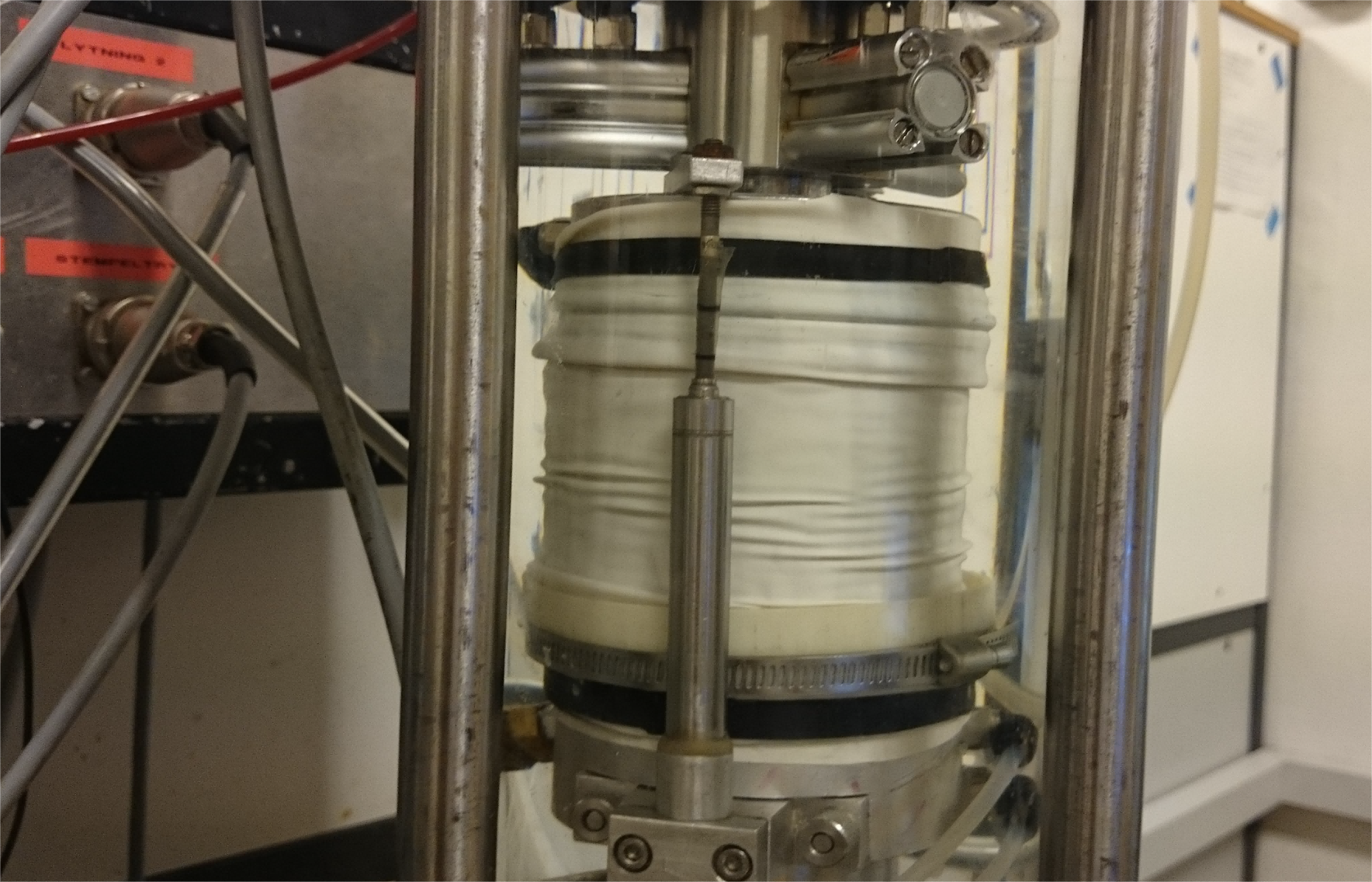
Conclusion
The triaxial test is used for much more than just measuring strength—it provides a complete picture of how soil behaves under stress, supports the design of safe and stable structures, and helps engineers make smart decisions during construction planning. Whether it’s for a skyscraper foundation or a rural road embankment, triaxial testing is a cornerstone of modern geotechnical engineering.
-
Exploring this topic can provide insights into effective engineering practices for preventing structural failures. ↩
-
Learning about this criterion helps in understanding soil behavior under stress, essential for safe construction practices. ↩
-
Understanding this concept is crucial for engineers to accurately simulate real-world soil behavior under various loads, ensuring safer construction practices. ↩
-
Exploring this topic can provide insights into soil deformation and failure, which are vital for designing stable structures. ↩
-
This knowledge is essential for predicting soil behavior under different loading conditions, impacting construction and safety assessments. ↩
-
Understanding these structures is essential for engineers to ensure safety and efficiency in design. ↩
-
Exploring this topic will provide insights into the importance of load considerations in foundation engineering. ↩
-
This knowledge is crucial for engineers to effectively design retaining walls and ensure stability. ↩

